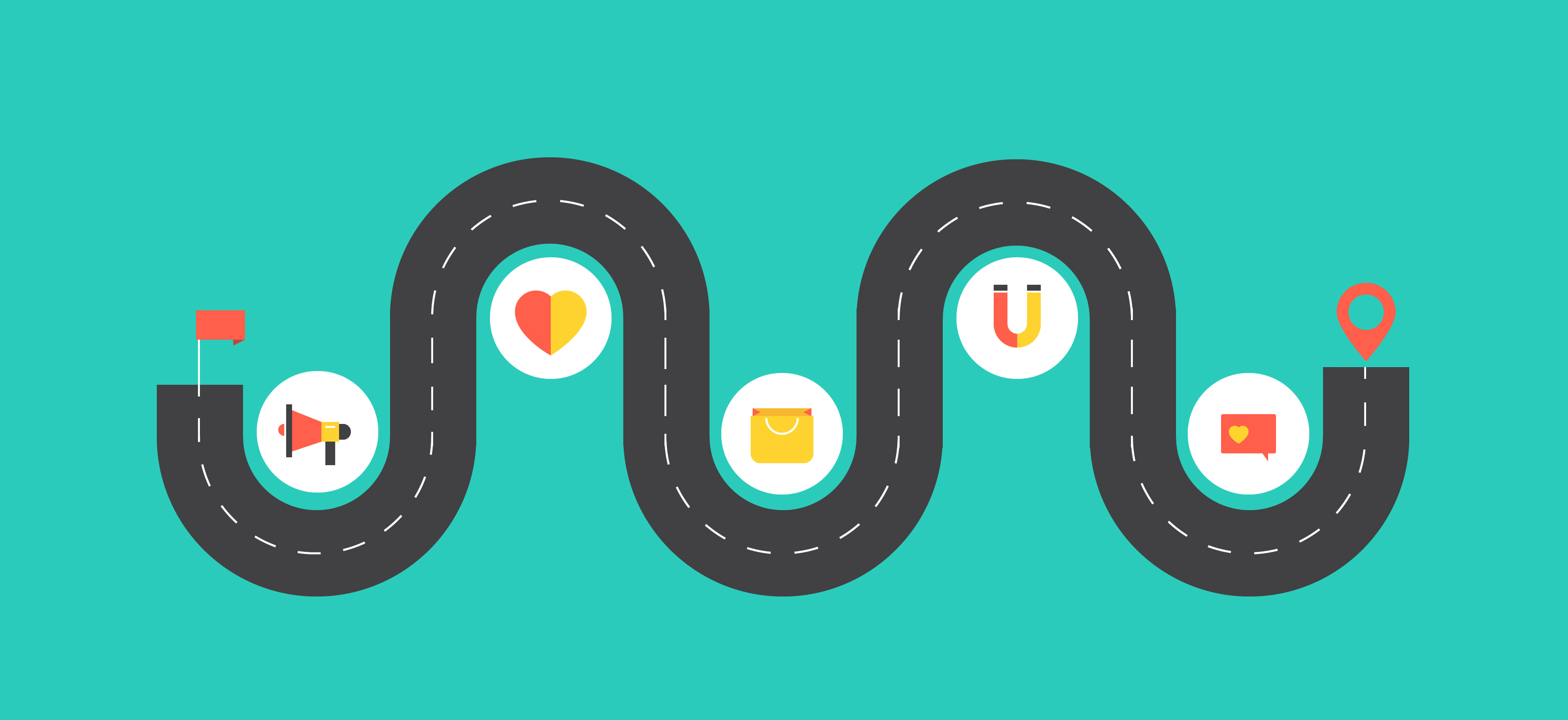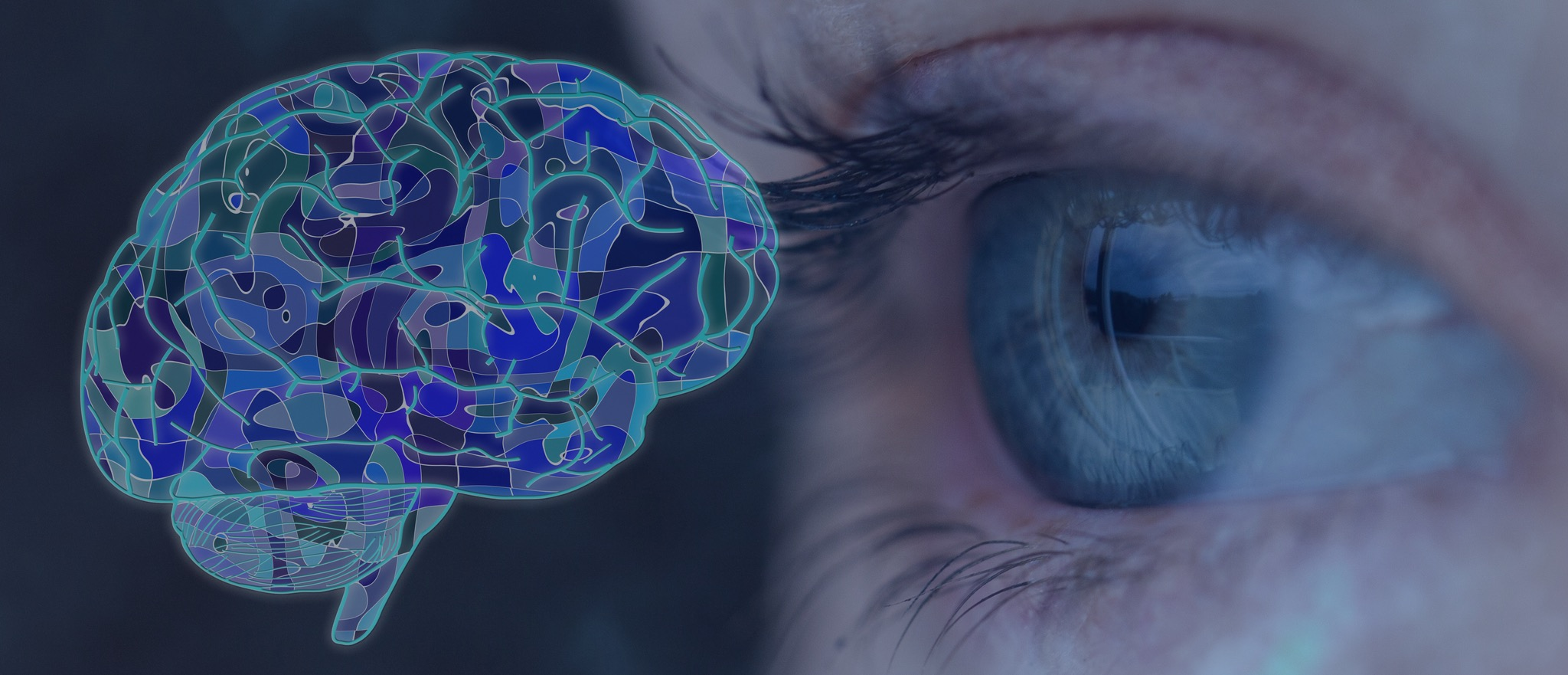Why 95% of customer experience optimization misses the brain that actually drives buying decisions
Your customer journey looks perfect on paper. So why are conversion rates still terrible? The answer lies in 13 milliseconds of brain science most marketers completely ignore.
CMO, let me ask you something:
How much did you spend on customer experience optimization last year? CRO tools, A/B testing platforms, UX consultants, journey mapping workshops?
Now… how much of that actually moved the needle on conversion rates?
If you’re like most marketing leaders I talk to, you’ve got gorgeous customer journeys that perform about as well as a screen door on a submarine. Beautiful wireframes. Polished user flows. Data-driven recommendations that look perfect in Figma.
But your prospects still aren’t converting.
Here’s the uncomfortable truth: It’s not a marketing problem. It’s a brain problem.

Companies are projected to spend $68 billion on customer experience management by 2032. Meanwhile, neuroscience reveals that 95% of purchase decisions happen subconsciously in just 13 milliseconds.
We’re literally optimizing for the wrong brain.
To put that speed in perspective — your prospect’s brain decides whether to trust you faster than you can blink (which takes 400 milliseconds). Every second, their subconscious processes 11 million bits of information but only 50 bits reach conscious awareness.
This is why your beautifully logical customer journey isn’t working.
You’re designing for the 5% of decision-making that happens consciously, while ignoring the 95% that drives revenue.
I’ve been in UX since 2006, armed with a master’s in Human Factors from Bentley. For years, I built customer experiences the “right” way — user research, journey mapping, A/B testing.
Then I completed advanced neuroscience training at Wharton, and honestly? It blew my brain wide open. I questioned how I did user research and suddenly all those years of “best practices” felt like I’d been flying blind.

I thought I knew behavioral science — Kahneman, Ariely, all the classics. But this took me from theory to actual science, man. Like, seeing real brain scans of purchase decisions happening. Watching neural pathways light up 300 milliseconds before people even knew they’d decided.
Mind = completely shattered.
Suddenly, all those “inexplicable” results made sense:
The problem wasn’t our execution. It was our understanding of how decisions actually happen.
See, we’re all designing for System 2 — the slow, analytical brain that loves comparing features and reading testimonials.
But actual buying? That’s pure System 1 territory — the fast, emotional brain that decides in milliseconds based on feelings.
And here’s the kicker: Circle & Square is the only agency that takes this all the way through to the customer journey. Everyone else stops at “make your headlines emotional.” I map every single touchpoint to the actual brain processing it. (More on this in my deep dive on Channel Brain Mapping and how AI agents are changing everything.)
Smart marketing leaders are starting to design for the brain that actually controls buying behavior. They’re using what I call NeuroCX™ — the fusion of neuroscience, behavioral science, and customer experience design.
Here’s what this looks like in practice:

A major enterprise software company came to us after cycling through multiple agencies who couldn’t solve their conversion problem. Their attribution showed webinars drove 40% of conversions, so they doubled down. Results? Flatter than a pancake.
Here’s the plot twist: Using NeuroCX methodology, we discovered webinars were actually hurting conversions. System 1 brain translation: “Sales pitch = run away.” The real conversion moment? Casual peer mentions in industry Slack groups — completely invisible to their fancy attribution tools.
We redesigned their content strategy to create “shareable authority” moments instead of thinly veiled sales presentations. Basically, we made their prospects look smart for sharing their stuff.
The result: 30% increase in qualified pipeline without changing ad spend. (And their CMO finally stopped having nightmares about webinar ROI.)
A B2B startup was about to torch $500K on MVP development based on what users said they wanted in focus groups. Classic System 2 thinking: “Just ask people what they want!”

Plot twist: We used emotional resonance testing to see what their brains actually responded to. Turns out, their focus groups were lying. Not intentionally — they just literally didn’t know what their System 1 brains wanted.
Their conscious minds wanted feature A (boring but “logical”). Their subconscious brains lit up for feature B (emotionally compelling but seemed “risky”).
The result: They built feature B, hit product-market fit 40% faster, and avoided the startup graveyard. Their investors still send me thank you cards.
A major payroll company came to us basically saying, “Help, we’re in the most commoditized market ever. How do we not die?”
Standard marketing advice: “Compete on price or features!”
NeuroCX approach: Find the emotional drivers hiding beneath all that “rational” procurement theater.
Using implicit association testing (fancy brain science for “what makes people feel things they can’t explain”), we discovered procurement teams were making gut decisions but then reverse-engineering logical justifications.
The result: Brand positioning that made buyers feel smart, competent, and forward-thinking. 25% higher win rates and 35% bigger deals.
Turns out even payroll can be sexy when you speak to System 1.
Want more neuroscience-backed marketing insights like these? Subscribe below to join 2,500+ CMOs getting these deep dives weekly.
When you align your customer experience with how brains actually work, three things happen:
While your competitors are still optimizing for conscious decision-making, you can design for the subconscious brain that actually controls buying behavior.
This isn’t about psychology tricks or manipulation. It’s about removing barriers between your value proposition and your customer’s brain.
Your analytics can’t measure what actually drives decisions:
Cognitive Friction: Every confusing headline, unclear button, or complex form creates subconscious stress. Death by a thousand small hesitations.Every confusing headline, unclear button, or complex form creates subconscious stress. Death by a thousand small hesitations.
Trust Signal Failures: Missing emotional safety cues that make prospects feel uncertain — even when they can’t articulate why.
Identity Misalignment: When your experience doesn’t make prospects feel like the kind of person who makes smart decisions.
Emotional Memory Erosion: Touchpoints that feel forgettable instead of reinforcing positive associations with your brand.
Quick Audit: Look at your homepage for exactly 3 seconds, then close it.
What feeling did it create? Confidence or confusion? Trust or uncertainty? “Meh” or “hell yes”?
Your System 1 brain just made a snap judgment about your brand. That’s the exact same split-second evaluation every prospect makes — except they’re not coming back to give you a second chance.
Want to see how this plays out in practice? Check out my breakdown of Channel Brain Mapping where I show you how to map every touchpoint to the actual brain processing it.
Most marketing teams are still flying blind, optimizing for rational decision-making while actual buying happens subconsciously.
But that’s changing fast. Forward-thinking CMOs are already using neuroscience and behavioral science to transform customer acquisition and retention.
The question is: Will you be leading this shift, or catching up to it?
My NeuroCX Freebie to You: Send me your top 3 ads and I’ll give you a brutal (but loving) brain-science breakdown of what’s working and what’s sabotaging your System 1 appeal. But only if you reply back and tell me what you found most interesting about this article. Get your free ad assessment here.
The NeuroCX Brain-Friendliness Quiz: Think your customer journey is optimized? This 5-minute quiz will reveal exactly where System 1 and System 2 are fighting each other in your funnel. Coming soon — want early access? Join the waitlist here.
Stay Ahead of the Curve: Join 2,500+ marketing leaders getting weekly insights on using behavioral science to transform customer experience. Recent topics: “Why your attribution model is gaslighting you” and “The 47-second rule that kills conversions.” Subscribe to The NeuroCX Newsletter.
Ready to See What’s Possible? We’ve helped CMOs increase conversion rates 40–300% using proven neuroscience methodologies. Let’s analyze your customer journey and identify the invisible barriers costing you revenue. Book a strategic conversation.
Because when you align with how people actually decide, marketing performance doesn’t just improve — it transforms.
What resonated most with you about this deep dive into neuroscience and customer experience? Reply and let me know — I read every response and use your feedback for future articles.
If this opened your eyes to the brain science behind buying decisions, share it with a marketing leader who’s frustrated with conversion optimization that should work but doesn’t.
